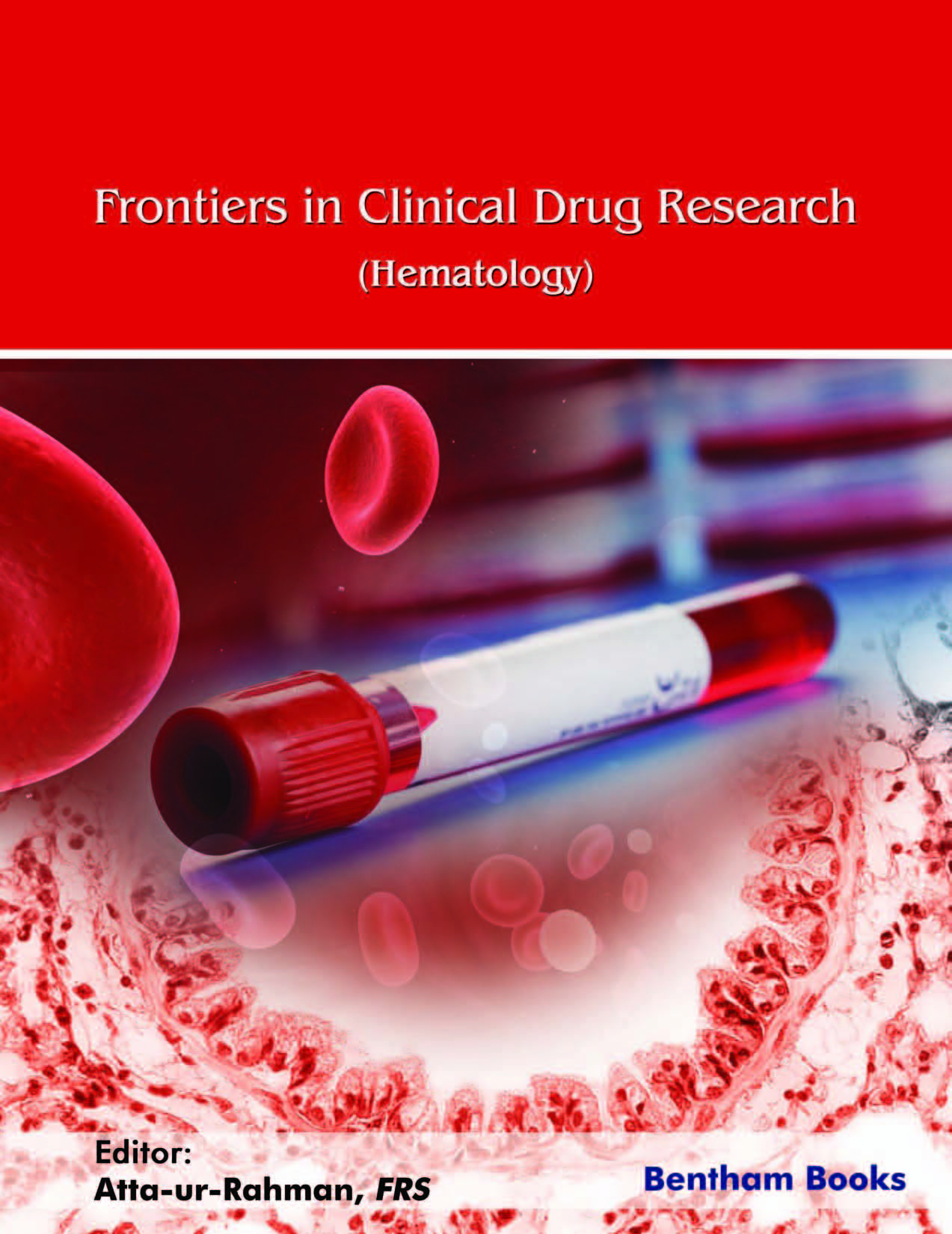This is the fourth volume of the book series: Frontiers in Clinical Drug Research – Hematology. This volume comprises five comprehensive chapters covering various topics including TRP channels as potential therapeutic targets in blood disorders, advanced applications of gene therapy in the treatment of hematologic disorders, hypercoagulable states, importance and potential effects of ferroptosis in hematological malignancies, and clinical applications of liquid biopsy in solid tumor hepatocellular carcinoma (HCC).
In Chapter 1 of the present volume, Mandal presents the importance of TRP (Transient Receptor Potential) channels as potential therapeutic targets in blood disorders. TRP channels are the modulators of the hematopoietic cells and control cellular proliferation, differentiation and apoptosis. Thus, TRP channels appear to be promising targets for hematologic cancer therapy. This chapter briefly discusses the functional roles of some TRP channel proteins that have been emerging as possible drug targets to treat some blood disorders and hematological malignancies.
Hypercoagulable states are a group of disorders that tend to develop venous or arterial thrombi, or both. Understanding this condition can serve to improve outcomes in the clinic for patients Pusparini and Hidayat, in the second chapter of the book, explain the clinical symptoms, laboratory markers and management of hypercoagulable states.
In Chapter 3, Gaurav presents an overview of advanced applications of gene therapy in the treatment of hematologic disorders. In this chapter, the current status of gene therapy is reviewed with a focus on recent technologies such as gene delivery vectors, CRISPR genome editing technology, and CAR T-cell therapy, and their applications in the treatment of various blood disorders, in addition to the demonstration of the outcomes of selected clinical studies. These details are followed by a summary of the current challenges to gene therapy and future outlook, giving the reader a quick and comprehensive update on the subject.
Ferroptosis is a recently identified form of non-apoptotic regulated cell death with distinct properties and several functions involved in physical conditions or diseases. Aranalde focuses on the importance and potential effects of Ferroptosis in hematological malignancies in the next chapter. Ijaz et al., in the last chapter of the book, focus on the clinical application of liquid biopsy in solid tumor management with emphasis on HCC. They also summarize different advanced diagnostic techniques for the isolation and enrichment of circulating tumor cells, circulating tumor DNA and exosome. Moreover, the limitation of the use of liquid biopsy in the healthcare system is also a point of discussion in this chapter.
I hope that the readers will find value in this collection of reviews and draw inspiration for conducting further drug discovery research in the field of hematology.
I am grateful for the timely efforts made by the editorial personnel of Bentham Science Publishers, especially Mr. Mahmood Alam (Director Publications), Mr. Obaid Sadiq (Incharge Books Department) and Ms. Asma Ahmed (Manager Publications).
Prof. Atta-ur-Rahman, FRS
Honorary Life Fellow, Kings College
University of Cambridge
Cambridge
UK

